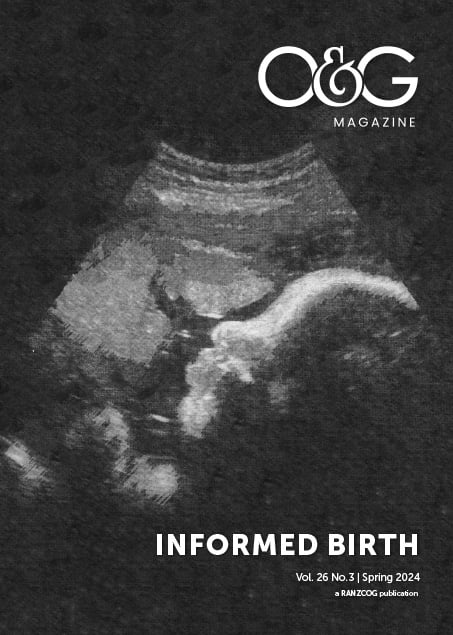Here, Dr Russell MacDougall shares a memorable experience of a breech delivery that took place in 1962 in the early days of his medical career.
I graduated in December 1960 and was registered in the same month. By that time, I’d already developed a strong belief in the importance of communication in medicine.
I was especially inspired by a brilliant lecture given by the late Bill Rawlings on breech delivery in his role as Obstetrician/Gynaecologist at the Royal Women’s Hospital in Melbourne.
As the salary for RMOs was very low it was common for RMOs to do locum work for GPs, and, at the time, obstetrics was a part of general practice. I was working for my father (a GP) as a locum in a small country town, when I had to take over the care of a multigravid who was close to term with a twin pregnancy. One vertex, the other in breech position.
When I arrived at my father’s practice, he was ready to leave. Before he left, he said: “There’s a lady in labour at the local hospital and she’s having twins who are breech and in vertex presentation.” He added: “This is her 4th pregnancy, she has a big pelvis, and a few hours to go. If you need help, 1B (in Warrnambool, 20km away), will give you a hand if you call him.” And with that he drives out the front gate.
I did call 1B and he said: “You will be fine Russell, any problems call, and I will come out”. This didn’t feel very reassuring given his response time was likely more than the time in which an emergency could develop.
As I turned to go upstairs, the phone rang: “Your lady is on view, come now”. When I walked into the labour ward, there were a few long faces on the nurses. I felt sure they’d have preferred the older Dr MacDougall.
Nonetheless, the vertex delivery went very smoothly and soon the legs appeared of the second baby. All this time I was straining my mind to recall breech deliveries and the details of the lecture on this topic by Dr Bill Rawlings. He had an excellent lecture style, and the details came back readily, albeit disjointedly. Some key helpful phrases that came to mind were: “Never rush the after coming head; “Once baby is breathing through their mouth, cord pulsation does not matter”. More similarly fragmented directions from Bill’s lecture popped into my head, when suddenly my mind arranged itself, a sequence developed, and things went like this Bill:“Cut a deep episiotomy.”
So, I said to the Sister on duty that I needed local anaesthetic, and she brought a glass syringe as instructed but just before she gave it to me, it fell on the floor and smashed to smithereens. “Another syringe please Sister”, I said. I then injected the local anaesthetic and cut the episiotomy: by this stage one of the babies’ body was part way out.
Bill: “As the trunk comes out grasp the feet and lift, don’t pull, just lift and as the trunk advances you will be able to see the baby’s mouth. Suck out whatever is in the mouth of the baby and then the baby will be breathing air. Once this occurs, the cord is of no use, do not even touch it, it may stop pulsating, ignore it. Doctor, the cord has stopped pulsating, what will you do?” “Nothing at all,” I said.
Bill: “Now you have the baby breathing air, time is in your side, in your mind take the time it would take to drink a cup of tea. And in that time, without hurrying the head, it should come through.”
I duly tried to estimate the time it takes to have a cigarette and, sure enough, the head came through the vulva and the baby was delivered. Once I had repaired the episiotomy and with two healthy babies in their cribs, I took my leave.
I walked outside on that warm January day, and the sky seemed the most intense blue I had ever seen, and my thoughts returned to Dr Bill Rawlings lecture. The fact that vaginal breech delivery is now virtually obsolete does not diminish the fact that when confronted with a very difficult clinical problem his teachings were enormously helpful to me. Indeed, this letter (turned article) is to put on record my sincere gratitude – thank you Dr Bill Rawlings.






Leave a Reply